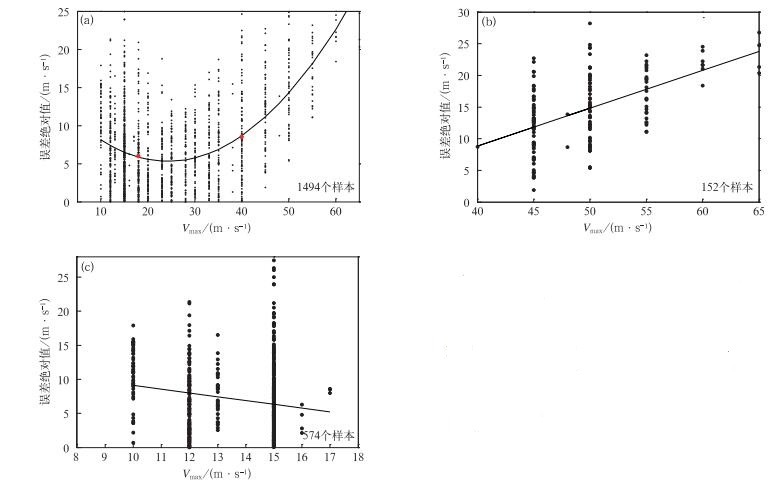|
[1]
|
Dvorak V F, Smigielski F. 卫星观测的热带云和云系. 郭炜, 卢乃锰, 译. 北京: 气象出版社, 1996: 183-189.
|
|
[2]
|
|
|
[3]
|
|
|
[4]
|
Engel G T.Satellite Applications at the Joint Typhoon Warning Center.Tech Doc WMO/TD, 5th WMO International Workshop on Tropical Cyclones, 2002:1136.
|
|
[5]
|
Velden C S, Olander T L, Zehr R M.Development of an objective scheme to estimate tropical cyclone intensity from digital geostationary satellite infrared imagery. Wea Forecasting, 1998, 13:172-186. doi: 10.1175/1520-0434(1998)013<0172:DOAOST>2.0.CO;2 |
|
[6]
|
Olander T L, Velden C S.The advanced Dvorak technique:Continued development of an objective scheme to estimate tropical cyclone intensity using geostationary infrared satellite imagery. Wea Forecasting, 2007, 22:287-298. doi: 10.1175/WAF975.1 |
|
[7]
|
|
|
[8]
|
|
|
[9]
|
|
|
[10]
|
Yu H, Chan C L, Duan Y H.Intensity estimation of tropical cyclones over the Western North Pacific with AMSU-A temperature data. J Meteor Soc Japan, 2006, 84(3):519-527. doi: 10.2151/jmsj.84.519 |
|
[11]
|
|
|
[12]
|
|
|
[13]
|
|
|
[14]
|
Gentry R C, Rodgers E, Steranka J, et al.Predicting tropical cyclone intensity using satellite measured equivalent blackbody temperatures of cloud tops. Mon Wea Rev, 1980, 108(4):445-455. doi: 10.1175/1520-0493(1980)108<0445:PTCIUS>2.0.CO;2 |
|
[15]
|
|
|
[16]
|
|
|
[17]
|
|
|
[18]
|
|
|
[19]
|
Rao P K, Holmes S J, Andason R K, et al. 气象卫星: 系统, 资料及其在环境中的应用. 许建民, 方宗义, 徐建平, 等译. 北京: 气象出版社, 1994: 230-240.
|
|
[20]
|
|
|
[21]
|
|
|
[22]
|
|
|
[23]
|
Knaff J A, Brown D P, Courtney J, et al.Anevaluation of Dvorak technique-based tropical cyclone intensity estimates. Wea Forecasting, 2010, 25:1362-1379. doi: 10.1175/2010WAF2222375.1 |





 DownLoad:
DownLoad:
